With the continuous progress of technology, camera technology has been undergoing a quiet revolution. From the early film cameras to today’s digital cameras, and now to smartphone photography, the evolution of image capture technology has impacted nearly every aspect of our daily lives. In 2025, camera technology has reached a significant turning point, with ultra-high pixels and AI optimization becoming the two main driving forces behind this year’s developments. As a result, more and more consumers are seeking higher-quality photography experiences, while camera manufacturers are actively launching new products equipped with these revolutionary technologies.
Through a comprehensive review of the latest camera products in 2025, I will analyze in detail how ultra-high pixels and AI optimization technologies are impacting modern cameras and how they help us enhance image quality, tackle complex shooting environments, and create more innovative photographic experiences.
1. Ultra-High Pixels: The Ultimate Pursuit of Detail
Ultra-high pixels have long been a trend in camera technology development. From the early days of megapixels to the current hundreds of millions of pixels, the pixel count of cameras has continually broken records. In 2025, many high-end cameras and smartphones are now equipped with 50-megapixel, 100-megapixel, and even higher-resolution sensors, breaking the pixel barrier that traditional cameras once faced.
1.1 The Advantages of Ultra-High Pixels
The most direct advantage of ultra-high pixels is the ability to capture more detail in images. For example, when using a 100-megapixel camera to take a shot, the photo’s details are clearer, and even when cropped significantly, the sharpness and details are still preserved. This provides users with greater freedom in post-processing, especially for capturing scenes such as landscapes or architecture that require meticulous detail.
For example, the Xiaomi 12 Ultra and Samsung Galaxy S25 Ultra, both released in 2025, feature ultra-high pixel sensors in their main cameras. When shooting landscapes, they not only capture distant details clearly but also reveal rich textures and layers when zoomed in, avoiding the blurriness typically seen in traditional camera shots.
1.2 Balancing Pixel Count and Image Quality
Although higher pixels typically mean clearer images, excessively high pixel counts can lead to some issues. For example, file sizes become too large, processing speeds slow down, and image quality can suffer in low-light conditions due to sensor size limitations. As a result, camera manufacturers have focused on improving other hardware aspects, especially increasing sensor sizes and using more efficient image processing technologies, alongside the pursuit of higher pixel counts.
Take the Sony Alpha 7R V, for example, which features a 61-megapixel full-frame sensor. By enhancing detail representation, this camera uses the advanced BIONZ XR processor to ensure faster image processing speeds, preventing the image quality degradation often associated with very high pixel counts.
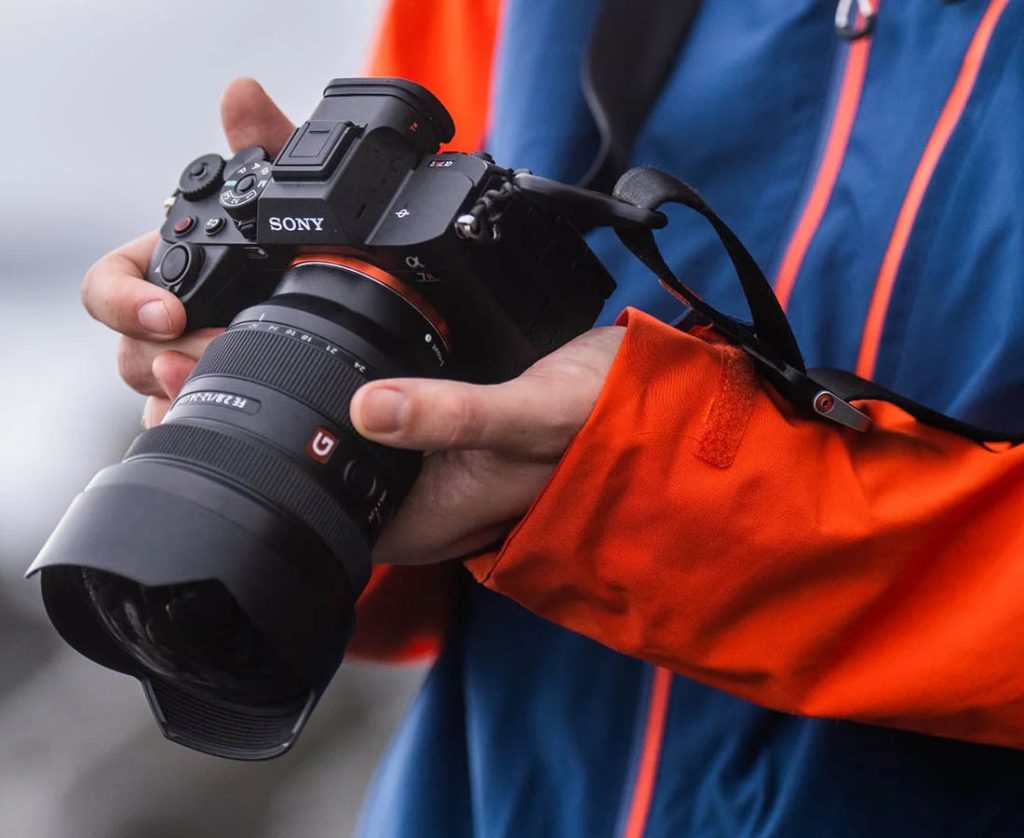
2. AI Optimization: Intelligent Image Processing
With the rapid advancement of artificial intelligence, AI has become an essential force in camera technology. From image recognition and scene optimization to portrait photography and night mode, AI technology not only enhances automation in cameras but also improves image quality and shooting experiences.
2.1 AI Scene Recognition and Optimization
In 2025, more and more cameras and smartphones are equipped with AI scene recognition technology, capable of automatically identifying different shooting environments and adjusting settings accordingly. For example, AI can automatically recognize scenes like landscapes, architecture, and portraits, adjusting parameters like exposure, color, and contrast to ensure the captured photo looks more natural and lifelike.
The iPhone 16 Pro is an example, featuring the latest AI image processing system. It automatically optimizes image effects when shooting landscapes, architecture, or in low-light conditions. Additionally, it can automatically recognize portraits, intelligently separating the subject from the background, enhancing skin detail, and creating better background blur effects.
2.2 AI Enhanced Night Photography Performance
Night photography has always been a challenge for traditional cameras, but the application of AI has significantly improved this aspect. Cameras and smartphones released in 2025, such as the Google Pixel 8 Pro and Huawei P60 Pro, feature AI-enhanced night modes that use multi-frame synthesis and noise reduction technology to capture clearer, brighter photos in low-light environments.
For example, the Google Pixel 8 Pro uses advanced AI algorithms to automatically detect low-light conditions when shooting at night, employing multi-shot photo synthesis to reduce noise and enhance brightness and detail. Compared to traditional night modes, AI-optimized images appear more natural, with richer details.
2.3 Portrait Optimization and Smart Beauty Features
AI’s role in portrait photography is particularly prominent, as it can not only recognize facial features but also apply intelligent beauty optimizations based on individual preferences. For example, the Samsung Galaxy S25 Ultra features an AI portrait mode that automatically recognizes a subject’s age, skin tone, and gender, applying personalized beauty adjustments to ensure a natural, delicate result.
Furthermore, AI can adjust exposure and contrast through facial and eye detection technology, making sure that facial details are clearer, particularly in harsh lighting or backlit environments. This helps deliver a more balanced lighting effect.
3. The Innovative Application of Ultra-High Pixels and AI Optimization
In 2025, camera technology breakthroughs are not just limited to pixel enhancement or AI optimization individually, but more importantly, to their integration. The combination of ultra-high pixels and AI optimization brings image detailing and automation processing to new heights.
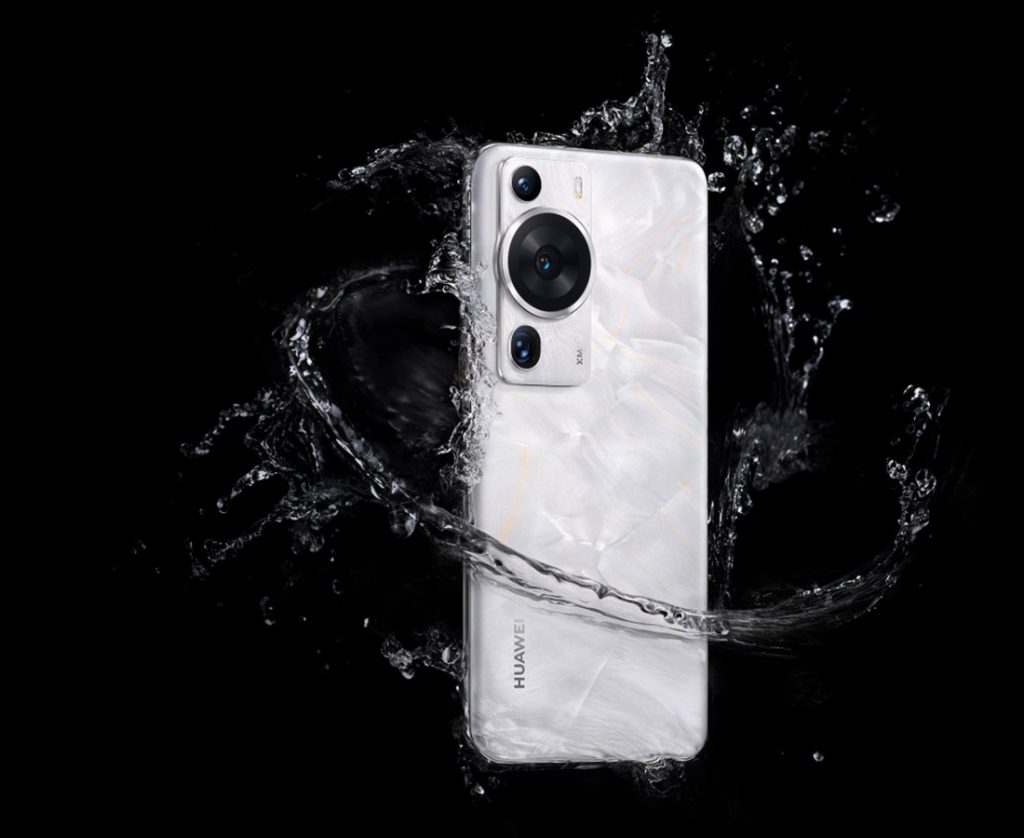
3.1 Combining Ultra-High Pixels with AI Noise Reduction
For example, the Sony Alpha 7R V camera combines ultra-high pixels with AI noise reduction technology. When shooting high-resolution images, AI noise reduction ensures that each high-res photo retains sharp details and natural colors. Furthermore, AI intelligently identifies noise sources in images and applies different processing strategies to minimize noise occurrence.
3.2 AI Dynamic Range Extension
AI can also help cameras automatically extend the dynamic range during shooting, ensuring that both highlights and shadows are well-preserved in extreme lighting conditions. For example, the Nikon Z9 camera incorporates AI-enhanced dynamic range extension technology, capturing detailed and layered photos even in extreme lighting, avoiding overexposure or underexposure that traditional cameras might struggle with.
3.3 Intelligent Shooting Modes
Modern smart cameras are no longer just tools for taking pictures; they have evolved into integrated shooting assistants equipped with intelligent processing technologies. Many 2025 cameras feature various intelligent shooting modes that automatically select the best shooting settings based on the scene. For example, the Huawei P60 Pro‘s intelligent shooting mode can automatically adjust shutter speed, ISO, and exposure compensation to ensure that fast-moving objects are captured clearly while maintaining sharpness in the overall image.
4. The Endless Possibilities of Future Camera Technologies
Looking back at camera technology in 2025, it’s clear that ultra-high pixels and AI optimization are continually pushing the boundaries of what cameras can achieve, offering more refined and intelligent shooting experiences. As these technologies continue to advance, future cameras will not only help us capture richer details but will also be able to automatically adjust settings to suit different shooting environments and personal preferences, making it easier for every photography enthusiast to capture stunning photos.
If you’re considering updating your camera or smartphone, models like the iPhone 16 Pro, Samsung Galaxy S25 Ultra, and Sony Alpha 7R V, all of which feature ultra-high pixels and AI optimization, are undoubtedly worth checking out.
Purchase link: amazon.com
Whether you’re a professional photographer or just an enthusiast, the combination of ultra-high pixels and AI optimization will be an indispensable asset in your future photography journey.
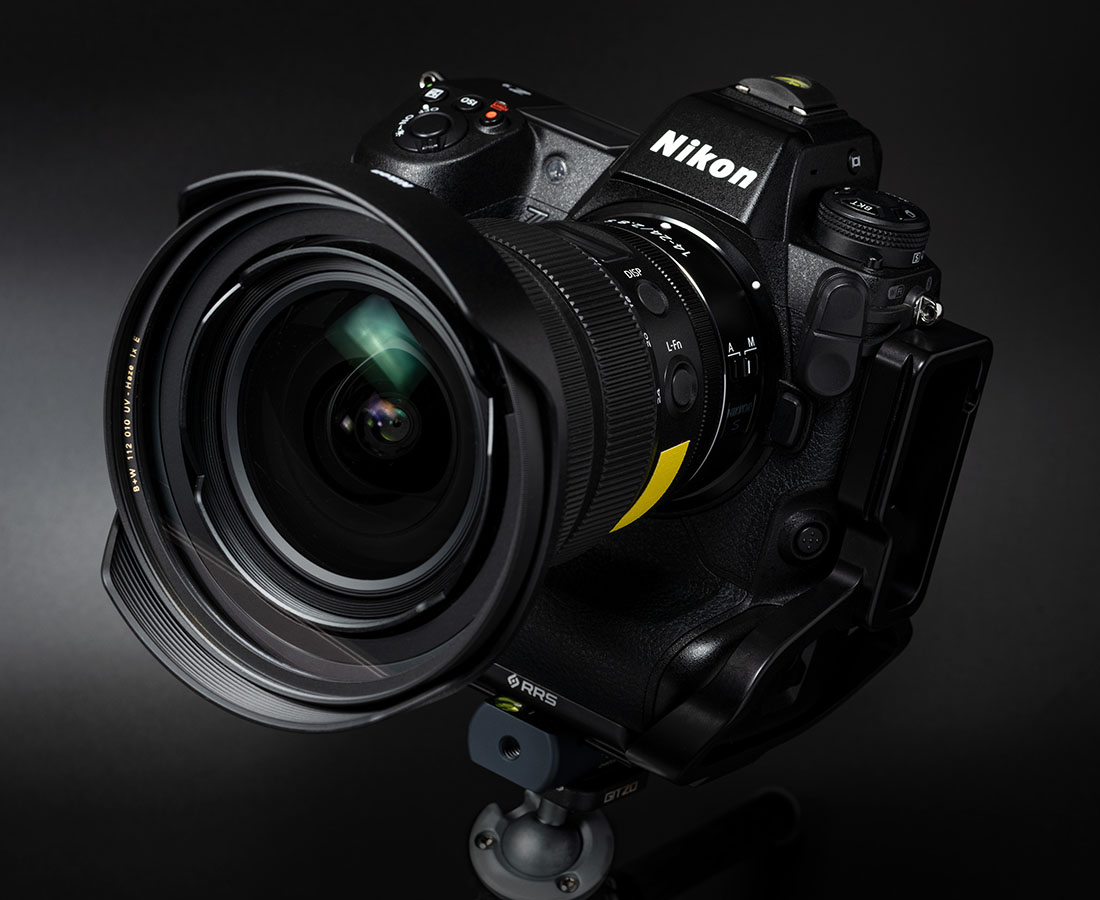
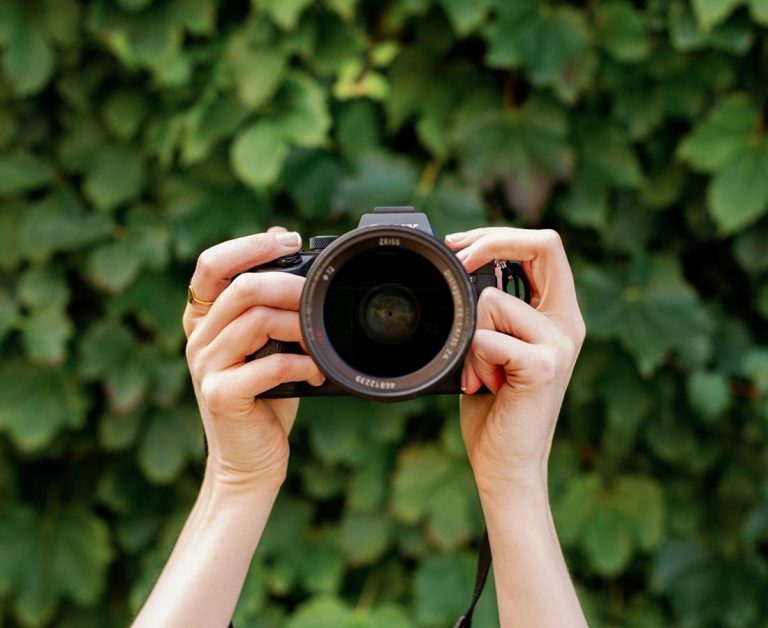

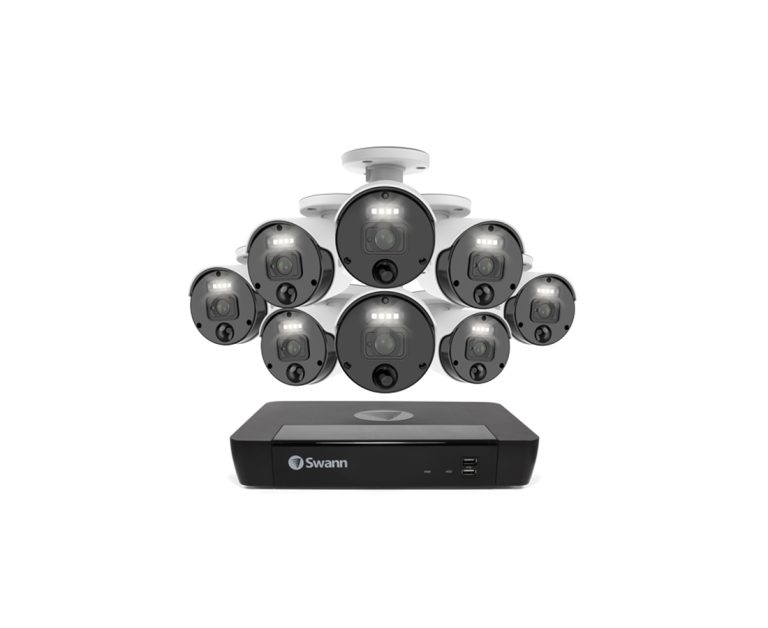
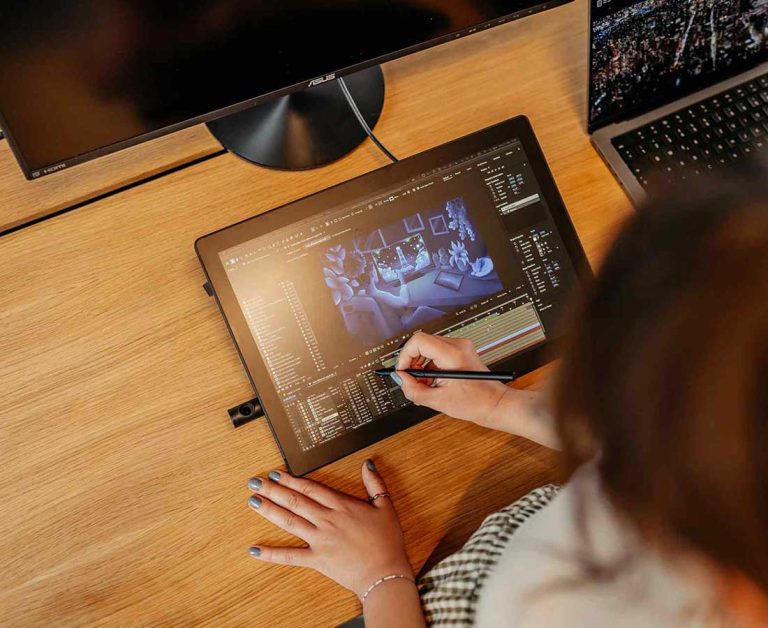
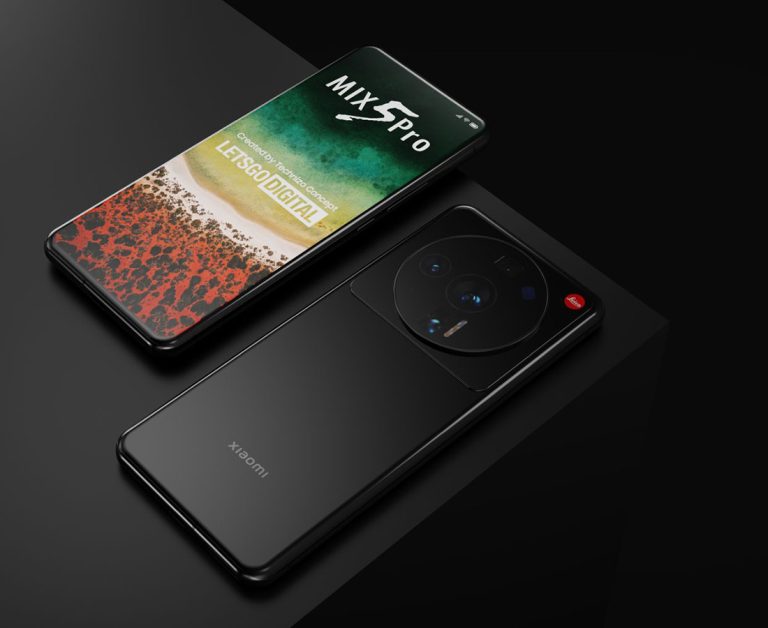

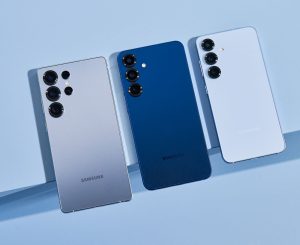
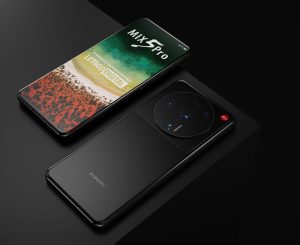
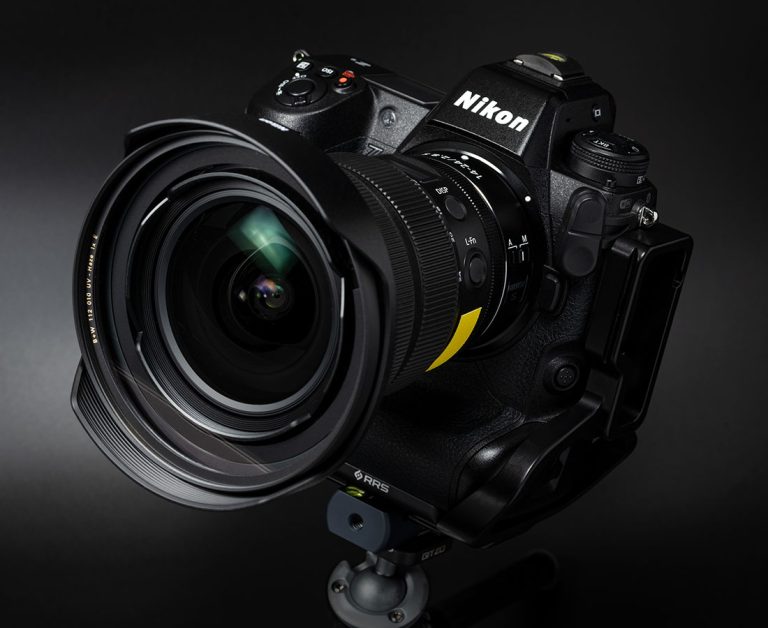
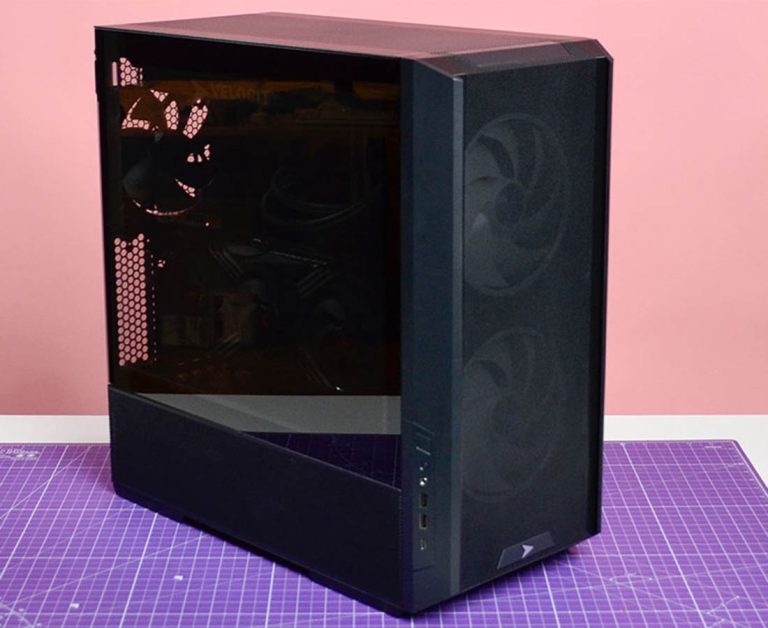

+ There are no comments
Add yours